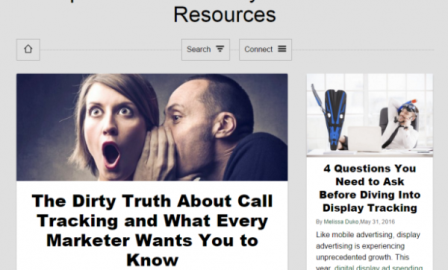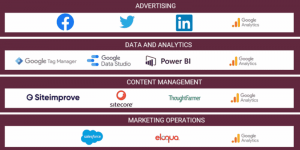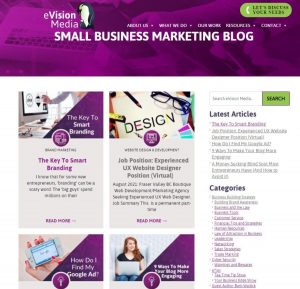
Advertisers know pay per call advertising delivers a higher success rate for closing and converting leads than other methods (e.g. pay per click). An integral part of pay per call’s success is its ability to deliver a quick response. Consumers — to the tune of 75% — appreciate they can pick up the phone and get a live person to complete an order or provide a solution. And a popular option for connecting those consumers to the right person is warm transfers.
Warm transfers separate the wheat from the chaff by pre-qualifying leads. Lead information is gathered typically via a form containing advertisers’ selected criteria (e.g. demographic, economic status, etc.) before transferring it to your call center or sales team. By all accounts, the leads your team receives should be interested consumers ready to buy. Sounds like a slam dunk, right?
Wrong.
Just because a warm transfer looks like a sale on paper doesn’t mean that it is one. You’ve still got to work that lead. In fact, you always have to work a lead no matter what type you get.
Here are four simple tips for getting your lead all the way through the sales funnel.
1. Know Your Buyer Personas
Depending on your product, you may be working with several buyer personas. Buyer personas are fictional generalizations of your target customers. These personas help you relate and anticipate your customers’ potential needs.
Study your buyer personas so you can recognize your buyer quickly. As soon as you answer that warm transfer call, you should be able to discern who your buyer is so you can effectively address their pain points.
Let’s say you’re a buyer who’s looking for classic car auto insurance. You go to Hagerty’s website and begin filling out their lead form, which asks you for your location, vehicle type, and personal info.

Source: Hagerty
Classic car auto insurance is quite different from regular auto insurance. Hagerty needs to first find out if you even qualify for their insurance. A 1991 Corvette isn’t the same as a restored 1969 Dodge Dart.
Once Hagerty determines you meet their basic pre-qualifications, they still have to qualify you once they get you on the phone. Using buyer personas, Hagerty will be able to streamline the process by being able to identify the caller as an auto, motorcycle, scooter, tractor, military, fire truck, truck/jeeps/SUV, then address their individual needs.
And the best way to address their needs is to ask questions.
2. Ask Questions
If we’ve learned anything from the Wolf of Wall Street (besides Leonardo DiCaprio has amazing dance moves), it’s that you never sell the virtues of a pen. Instead, you ask questions to identify whether the consumer even needs a pen. It’s all about identifying the consumer’s needs.

“The real answer is, before I’m even going to sell a pen to anybody, I need to know about the person, I want to know what their needs are, what kind of pens do they use… And if you do that, people don’t know what to do. Next thing, he is answering, and now I’m controlling the conversation, finding out exactly what he needs.” – Jordan Belfort, Wolf of Wall Street
Asking questions will help you to determine whether or not your product is even a fit for the potential client.
Perhaps you’re a commercial HVAC company who only services large office complexes. When a Mom & Pop shop contacts you to inquire about your services, you can simply ask them who they currently use for HVAC. If Mom & Pop answers Joe the Plumber, you’ll know to take the call no further. This saves both you and Mom & Pop from wasting time and money.
3. Know Your Product
On the flipside, the consumer is going to be asking you questions, too. While you should never be too aggressive in selling your product, you should be knowledgeable enough to answer any questions. Not knowing the answer will make the consumer doubt not only your credibility, but also the product.
If I’m looking to invest in a new air conditioning unit for my home, I’m going to have questions that weren’t on the lead form. Naturally, a consumer shouldn’t expect a salesperson to be able to answer technical questions — that’s the HVAC technician’s job. But they should be able to answer frequently asked or basic questions such as how long installation takes, whether new units come with a warranty, what the average cost is, and so on.
If your consumer hears, “I don’t know,” you’ve just placed a seed of doubt. That seed of doubt will continue to grow, and ultimately, kill any chances of making a sale.
4. Provide Relevant, Valuable Material
Once you’ve determined your lead is a qualified fit, it’s time to close that gap between getting the lead and closing the sale. To do this, send them relevant, valuable info. Have your marketing department produce collateral that will answer any questions the lead might have.

Collateral can include pertinent:
- Blog posts
- Articles
- Case studies
- Testimonials
- Sales decks
Remember 80% of calls require on average five follow-up calls to close a deal. And once that deal is closed, don’t get complacent. Always follow-up. Check in to make sure the consumer is happy with the product and to answer any lingering questions they might have.
Continue to provide relevant materials to keep them informed of industry changes, new programs, evolving products, etc. By giving the consumer the materials they need, you’ll be earning their trust in return and hopefully a lifelong customer.
Business & Finance Articles on Business 2 Community(83)







